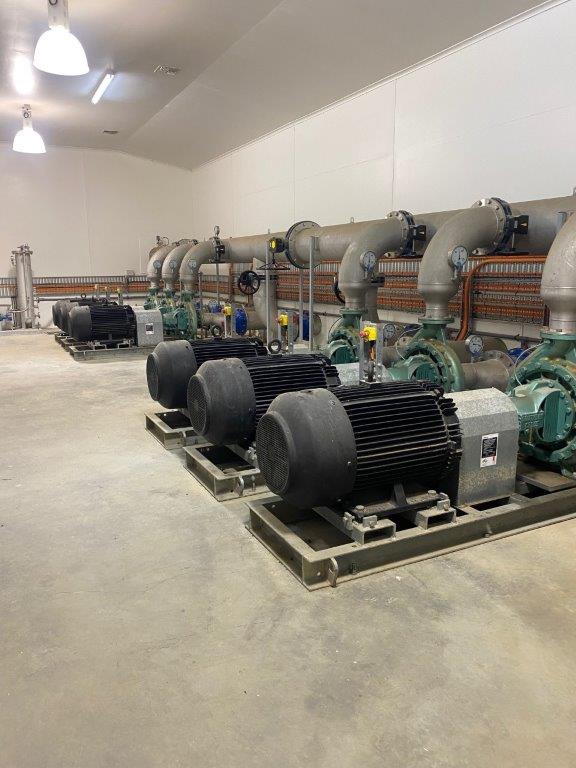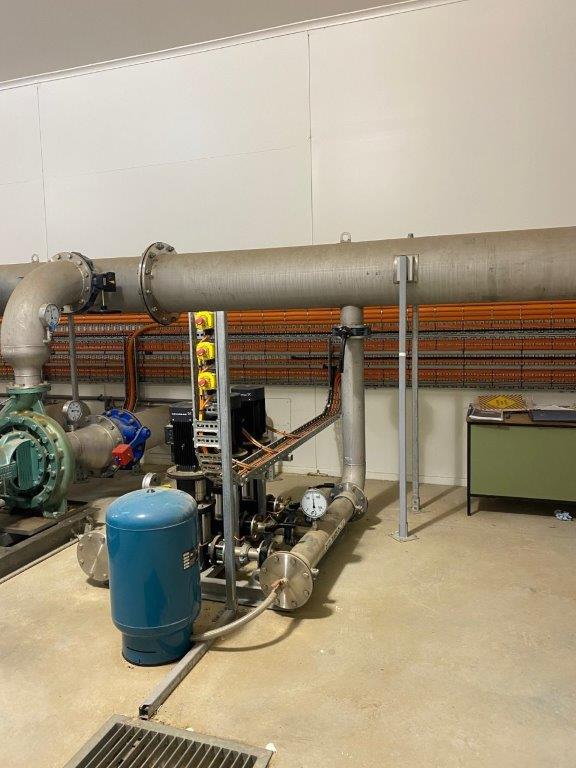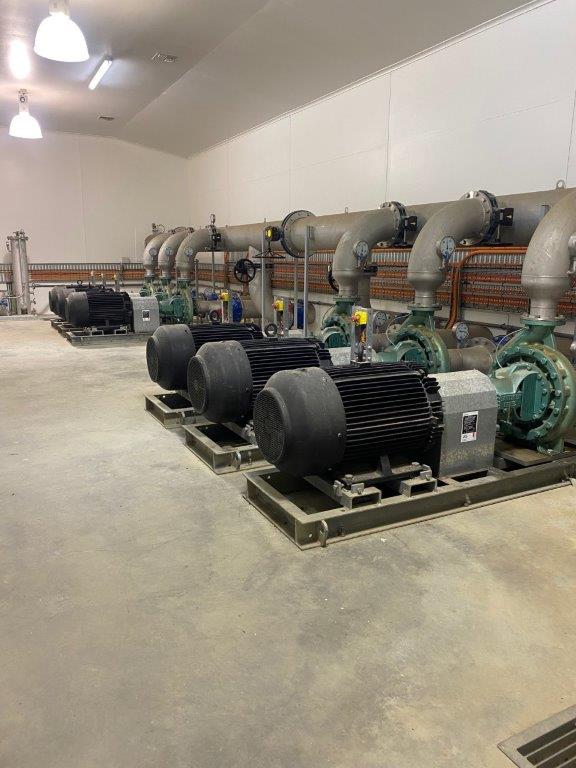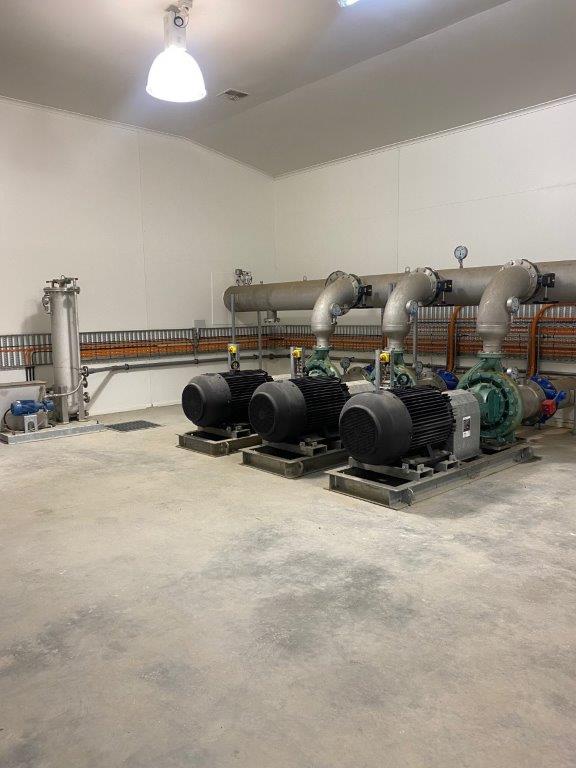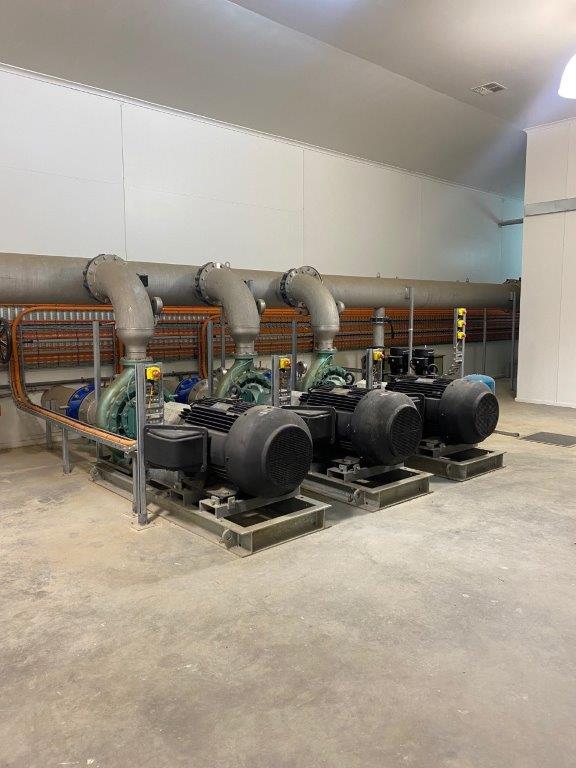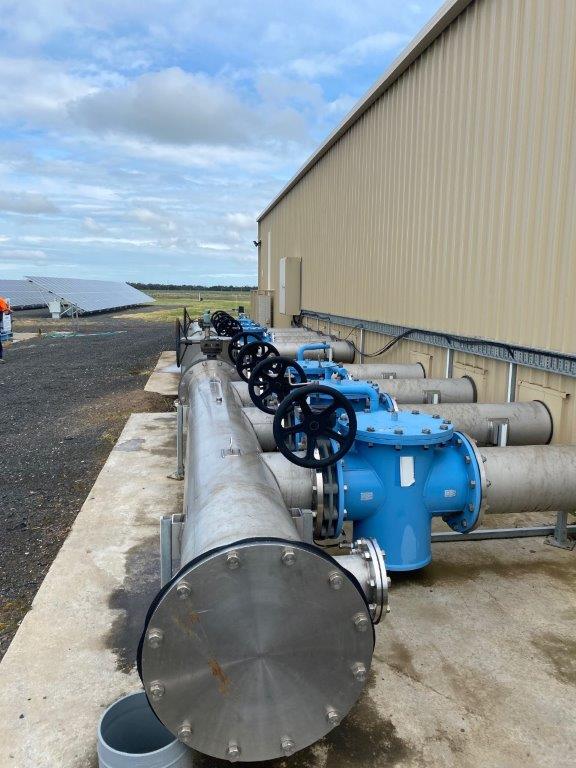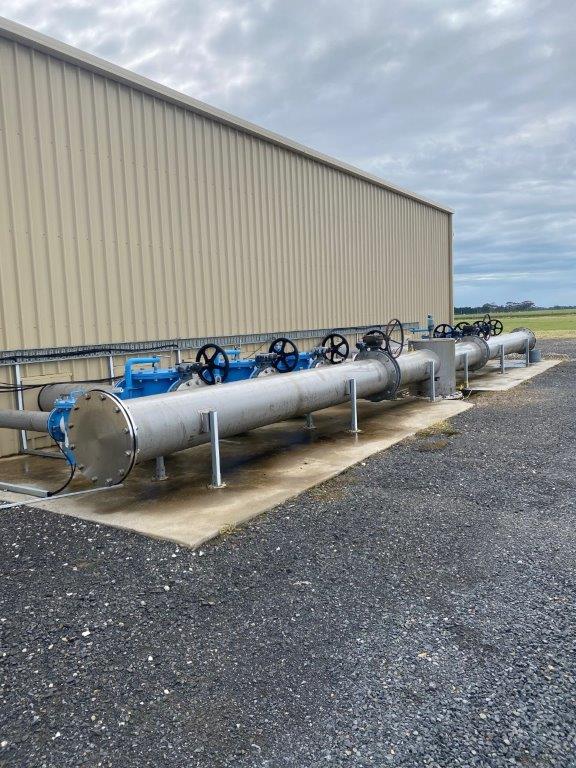Pump Stations
There are many places around the country where a water pumping station can be very helpful.
Water pumps are usually only considered in these kinds of applications if drainage by simple gravity is not possible. On the other hand, it’s very common to have water pumping stations taking water to an elevated site.
For instance, for residents that live on hillsides, the water that they use in their homes has to travel uphill and, in this case, water pumping stations will be essential to make this happen. The pumping station must provide enough pressure to overcome the force of the gravity on the water.
When this pressure level is met, there will be enough pressure to move liquid at the flow rate that is needed. This is a simple maths equation and pumps are designed to be programmable so that the water flow rate can be adjusted easily. An electronic controller that is either directly attached to the pumping station itself, or operated from a remote site, is used to input the required data.
The equation is calculated by taking into account all of the pipes (their dimensions), additional fittings, changes in elevation and any other parts that might have an effect on the pressure of the water system.
It’s important to look at the pipe entrance dimensions, any directional changes in the piping (45 and 90-degree bends), different types of valves as well as the dimensions of any outlets along the system must all be taken into account when calculating the pressure needed to overcome the system pressure and get the water moving. In this calculation, it’s also important to look at the various properties of the liquid that is to be pumped.
So, for water, it’s crucial to check the roughness factor as well as the friction that the liquid exerts on the piping. Liquids such as water will have very little friction, however, sewage and chemicals might be viscous and as such will need stronger pressure to move them through the piping.
